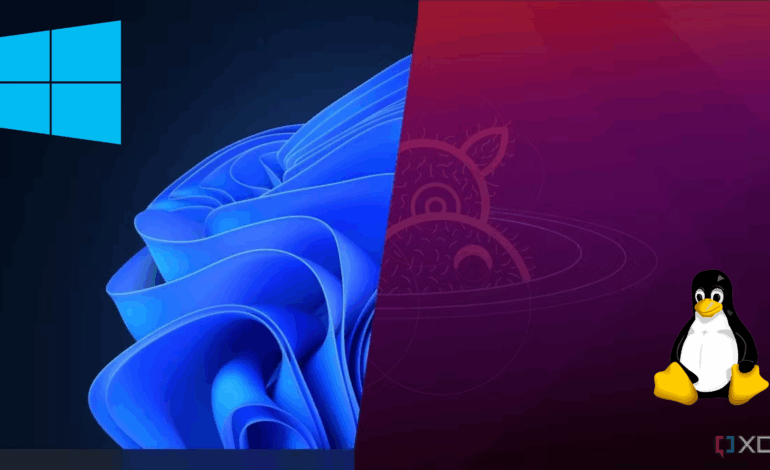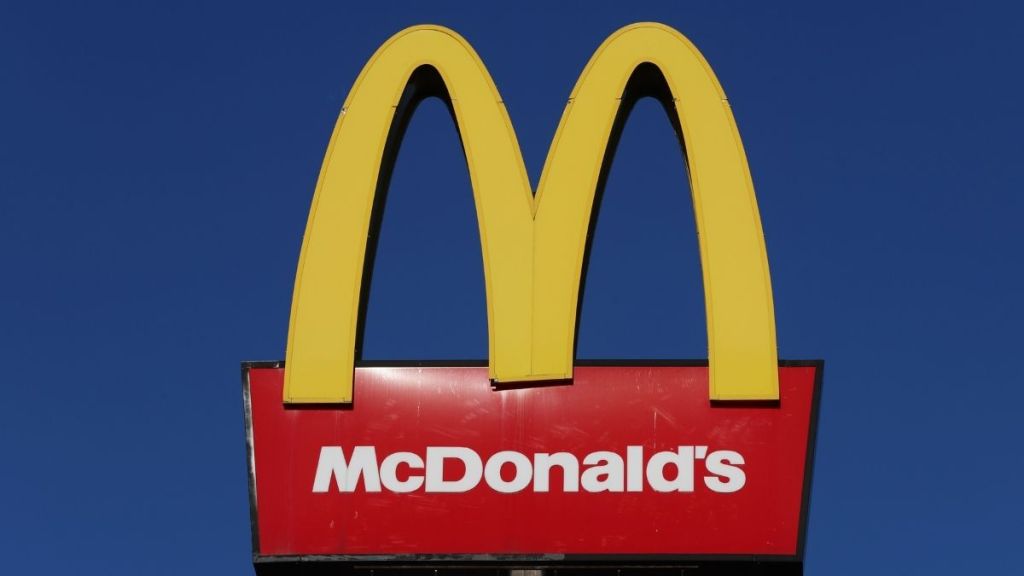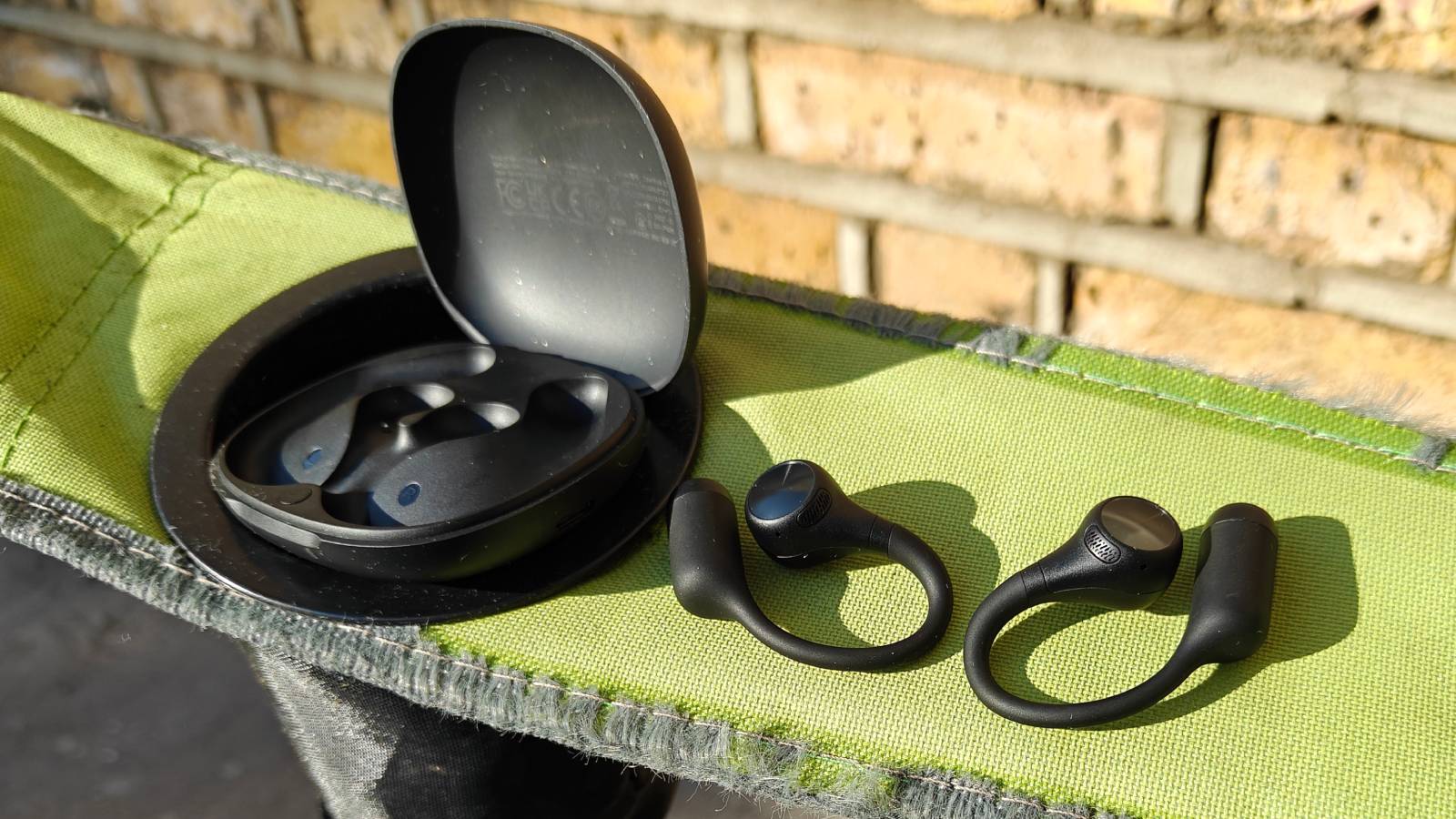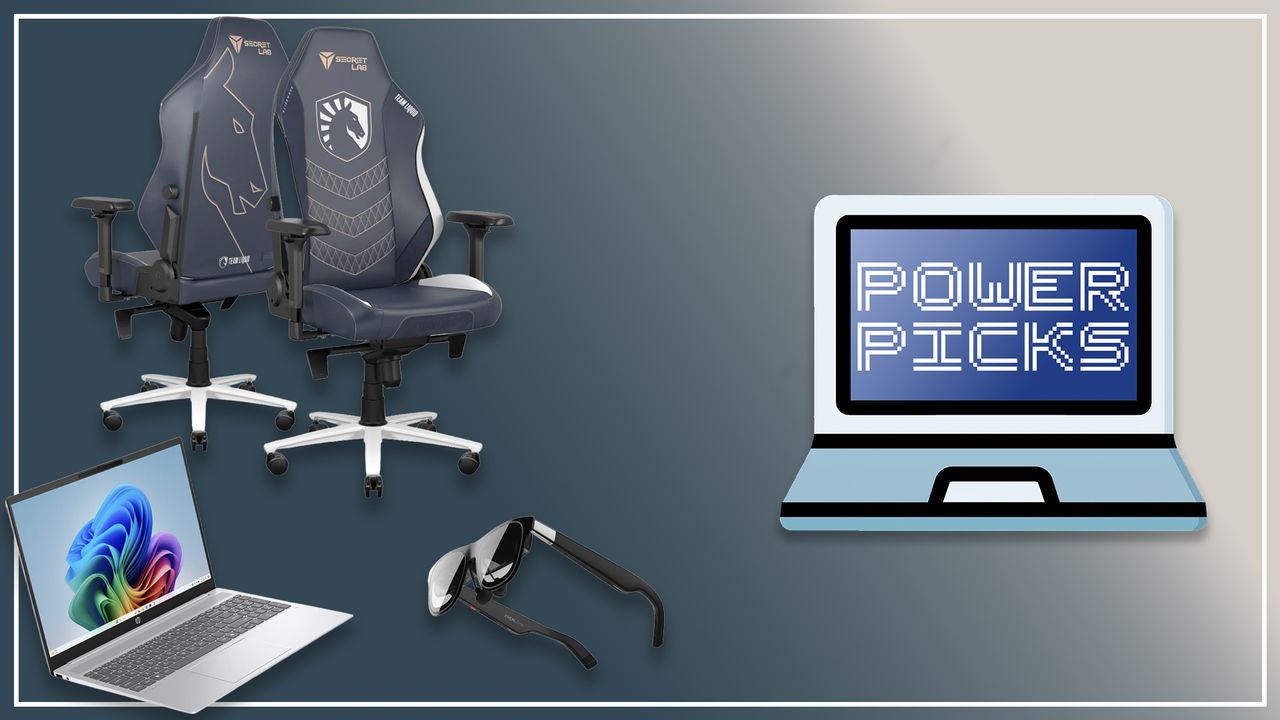Linux Transition: Five Months Without Windows and Thriving

Five months ago, a Windows user embarked on a journey into the world of open-source operating systems, specifically trying out Linux Mint. Initially intended as an experiment inspired by PewDiePie, the transition turned into a daily reality. The user expected to miss various applications and the familiar setup of Windows, but has instead discovered a surprisingly smooth adaptation to Linux, ultimately switching to Fedora KDE Plasma.
Discovering Application Compatibility
One of the primary concerns during this transition was the availability of essential applications. Many users fear that popular programs, such as Discord and Google Chrome, may not have Linux versions. Contrary to these fears, the majority of applications previously used on Windows were readily available on the Linux software repository.
For instance, the user found that downloading and installing applications was straightforward. The process involved simply searching for the desired application and clicking download. Even for the Shadow cloud PC service, which lacked a repository version, a manual Linux download was conveniently accessible on the official website.
The only notable exceptions were Paint.net and ShareX. While Paint.net served as a basic image editor, the user switched to GIMP, which was available on Linux. For screenshot capabilities, they transitioned to Spectacle, the default screenshot tool in Fedora KDE Plasma. Although Spectacle does not possess all the features of ShareX, it effectively meets the user’s needs.
Adapting to Linux’s Learning Curve
One of the more daunting aspects of switching to Linux is its less user-friendly nature compared to Windows. The latter often prioritizes convenience and minimal effort. Initially, the user felt apprehensive about having to execute commands in the Terminal for tasks that lacked a graphical user interface.
Over time, they adjusted to this new environment. The user began to explore online resources, often turning to community forums for guidance. This hands-on approach not only resolved issues but also provided valuable insights into command execution and user permissions within Linux. The experience proved educational, marking a departure from the more simplistic “download, double-click, use” approach prevalent in Windows.
The user maintained a dual-boot setup during this transition, with both Fedora KDE Plasma and Windows 10 installed. However, they reported using Windows only two or three times since fully transitioning to Fedora.
Rediscovering Comfort with Linux
The user expressed a newfound comfort with Fedora, noting that it effectively replicated the positive aspects of Windows while discarding many of its drawbacks, including intrusive update prompts and advertising. They often forget that Windows 10 is still installed, occasionally attempting to download Windows installers for applications due to habit.
The possibility of removing the Windows partition looms, although the user hesitates, concerned that they may need it for specific applications in the future. Despite this, there is a clear inclination to embrace Linux entirely, especially as the timeline for extended support for Windows 10 approaches its end.
In conclusion, after five months of exclusively using Linux, the user has found that the fears of losing functionality and convenience were largely unfounded. The experience has not only broadened their understanding of technology but also reshaped their computing habits for the better. As they continue this journey, it appears that Linux has become more than just an experiment; it has evolved into a new way of working and engaging with technology.






